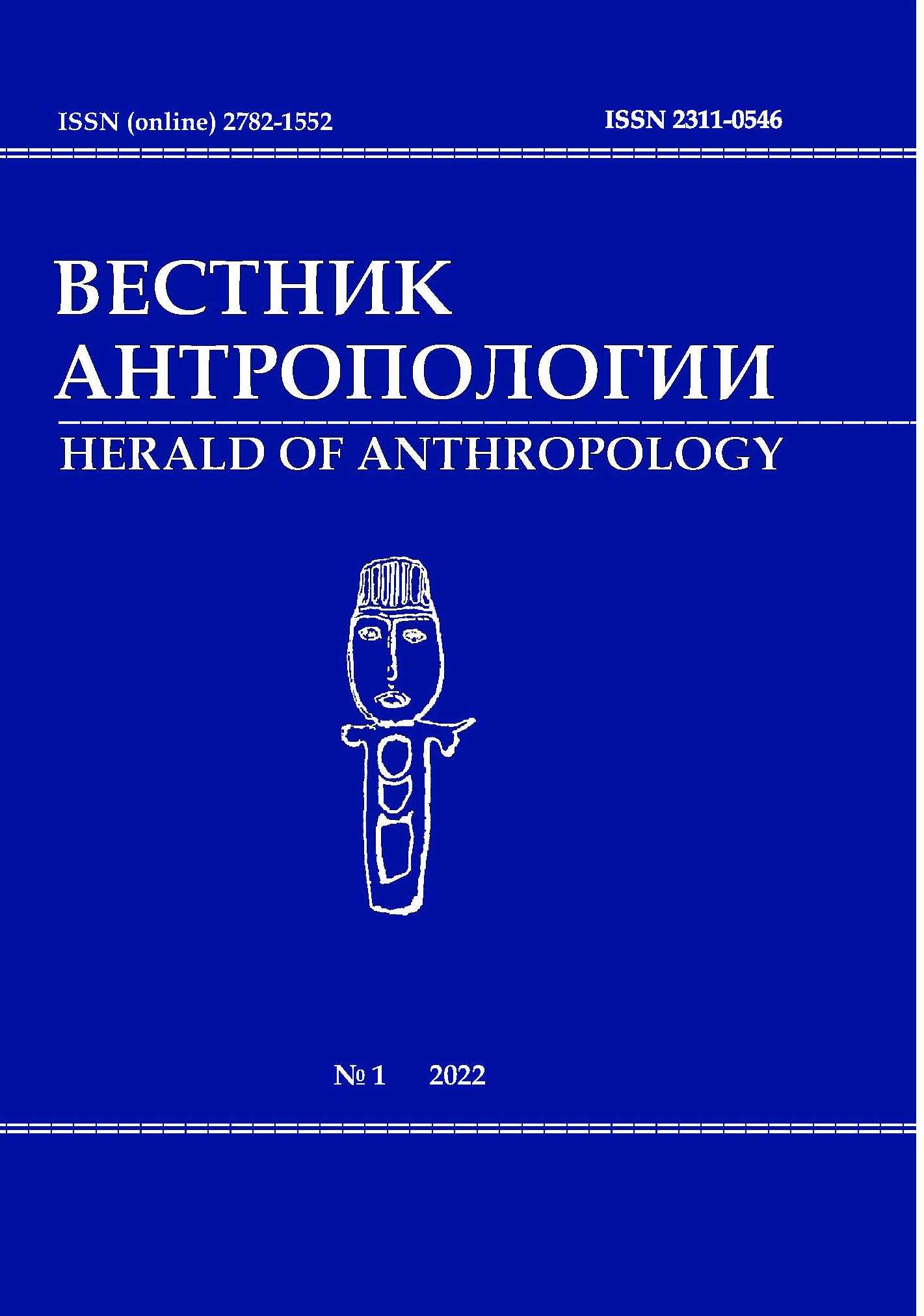Olfactory Perception in a Museum: Visitor’s Experience
DOI: 10.33876/2311-0546/2022-1/45-58
Keywords:
history of smells, history of everyday life, museum, olfactory perception, museum anthropology, museum management, odorologyAbstract
The article is devoted to the problem of the visitors’ olfactory perception of museums. The smells are an important part of the intangible heritage, and the use of smells can stimulate personal and collective olfactory memories, which shapes an entirely different perception of a museum exhibition. Olfactory perception contributes to the enrichment of the meanings of the exposition, encourages new interpretations of traditional museum materials and familiar exhibits. In this regard, the main goal of this study was to analyze the attitude of visitors and museum staff to using smells in a museum space. The primary source of the study was an online survey of 230 museum visitors and staff conducted in 2020–2021. The research data showed that most visitors support the use of olfactory elements in museum exhibits. However, many respondents mentioned the possible risks, especially allergies and distraction from exhibits. In addition, it was partially confirmed that smells are an important element that increases museums’ recognition. The study results also confirmed the hypothesis that olfactory memory contributes to the successful branding of a museum.





















